21 Ways to Ignite Summer Learning
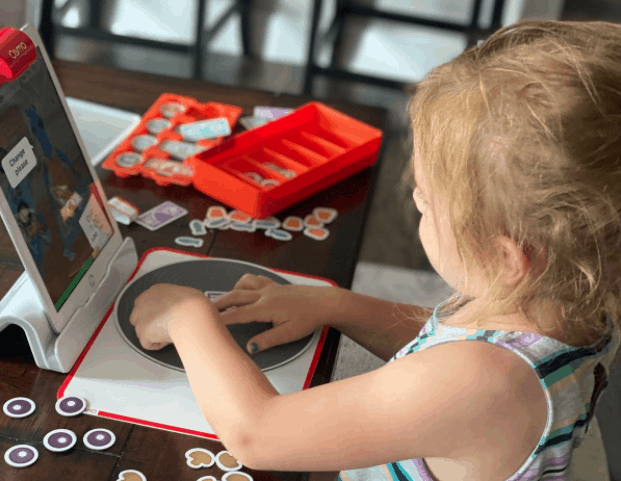
With what could arguably be the hardest school year any of us or our children have experienced behind us, we’re all excited about a more seemingly normal summer and the opportunity to extend learning at home and out in our communities.
Many of us on the Getting Smart team are parents. Our children range from ages 1-19 so we’ve been swapping stories of distance learning, resources that have helped our families through a difficult year, and now we’re all prepping for summer!
Here are a few ways our team is planning to ignite summer learning for our children AND ourselves. If there are any you love, please add them as a comment or tweet us @Getting_Smart and use #SummerLearning
Subscription Boxes
We love subscription boxes because they take the guesswork out of summer learning. Boxes come right to your door monthly and can be done anytime that works best for your family.
• KiwiCo. Great for ages 0-104 (really) KiwiCo offers a variety of “crates” depending on age and interest. Whether they’re wanting to explore STEM, Maker and Arts or Geography and Culture there is something for everyone. Crates come once monthly and include hands-on activities, creative learning opportunities, content to help learners explore and ideas to keep them learning after they’ve completed the activities within each box.
• Raddish. This box is a culinary lesson and mealtime solution all in one. June’s box is edible engineering and helps youth celebrate science, technology and math in the kitchen while creating a pie, taco triangles and a jar salad. Each box includes a quality kitchen tool, collectible apron patches, table talk cards and more. We also love that Raddish offers playlists for each box to listen along as you cook, as well as dietary modification options.
• LoveEvery. This one is for the littlest learners, but we love these stage-based play essentials for children ages 0-3. Each box is specially curated for your child based on their learning/development stages and the toys are high quality!
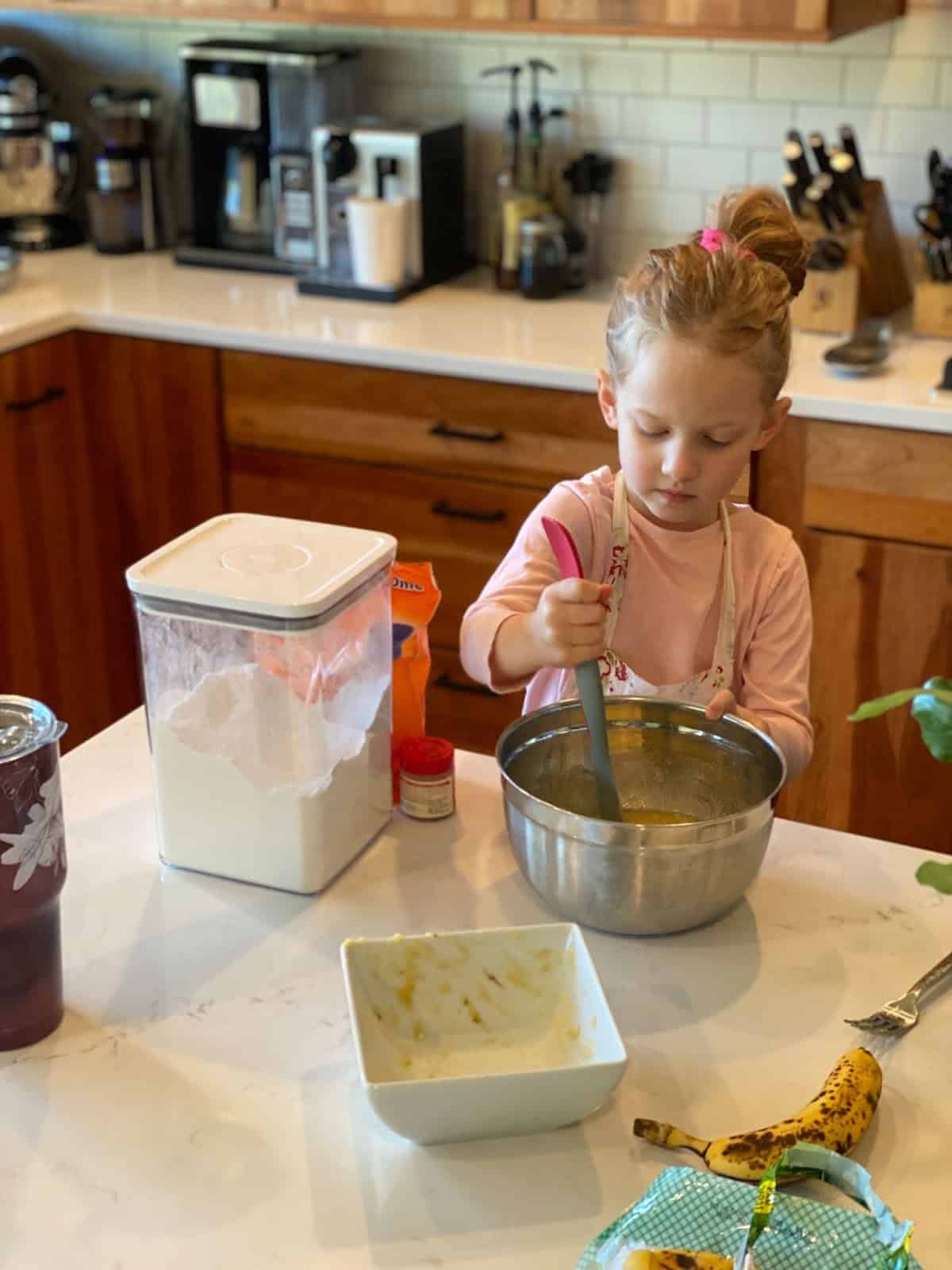
Digital Opportunities
Have a long road trip ahead? Or just want to make good use of your child’s screen time? These virtual options are great and worth exploring;
• Outschool. With over 100,000 interactive online classes and camps, you’re sure to find something on Outschool that your learner (ages 3-18) is interested in! From how to draw a T-Rex to speaking Spanish, there’s no shortage of interesting content. Classes are taught by safe and vetted educators and the live, small group format helps youth grow social skills and build friendships.
• Outlier. This one’s for the older kids at home. Pay 80% less than college courses, earn transferable college credits and learn from the best instructors on demand. The best part is… if learners do the work but don’t pass, they get a refund. Check out Outlier, courses start soon.
• ABC Mouse. Many families used ABC Mouse during the height of the pandemic as they offered a steep discount on an annual subscription. Great for ages 2-8, this app supports reading, math, science and art in an engaging digital format.
• Homer. Offering digital and hands-on options, Homer supports ages 2-8 through personalized, comprehensive reading, math, SEL, instruction that also inspires and grows creativity and thinking skills
• Osmo. This tablet-based program (compatible with FIRE Tablets and iPads) supports learning through play. From entrepreneurial skills, to spelling, creativity, coding and puzzles, Osmo really has something for every interest group. There are some games for younger learners (age 3-5), but most are built to best serve ages 5-12. My daughter’s favorite game is the pizza shop. She loves to practice math with the money option in the game and thinks it’s fun to see how many people she served, if they were happy clients and what revenue her store brought in each day.
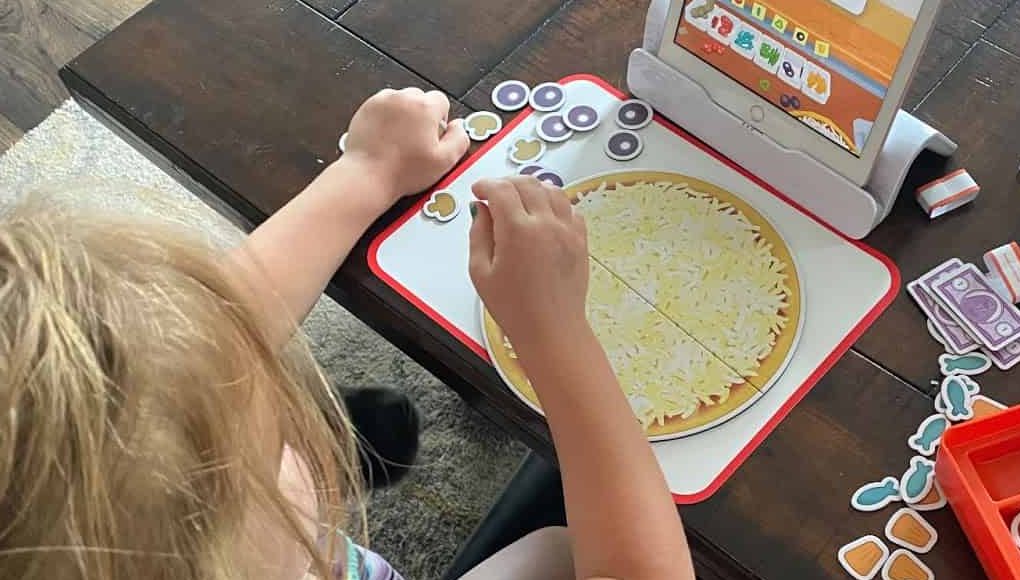
Utilize The Power of Place
You already know we are deeply passionate about community-connected projects and the power of place-based education. Our recently published book The Power of Place offers several examples for school and community leaders to inspire the implementation of place-based education to connect learners to a common purpose and build agency and community. Here are a few quick ways to utilize place to inspire learning this summer:
- Run a lemonade stand, or maybe a fidget stand (my kids are obsessed with those pop-it things these days). Start withstand design (art), develop a business model (what supplies do you need, what are the costs, when will you be open), promote the stand in your neighborhood (marketing), and open up for business.
- Build forts inside or outside. This is fun for kids of all ages, and family too!
- Encourage kids to find their own special spot that allows them time alone to think, draw, write and create. This can be inside or out.
- Host a bio-blitz at home or with your community. iNaturalist has a guide here to get you started.
- Plant something, literally anything. Start your own family or community garden. We also recommend checking out these books to help us all better appreciate our planet and share accessible ways for young people to get involved in the fight against climate change.
- Track the weather, predict changes, and explore local weather patterns.
- Track the stars and moon phases.
- Embark on a micro-scavenger hunt. Look really closely at a small area (sidewalk, lawn, pond, etc.) and see what you find.
- We love this book on how to Let the Kid Guide. The authors share accessible activities for parents who want to be more present and connected to the world and their families.
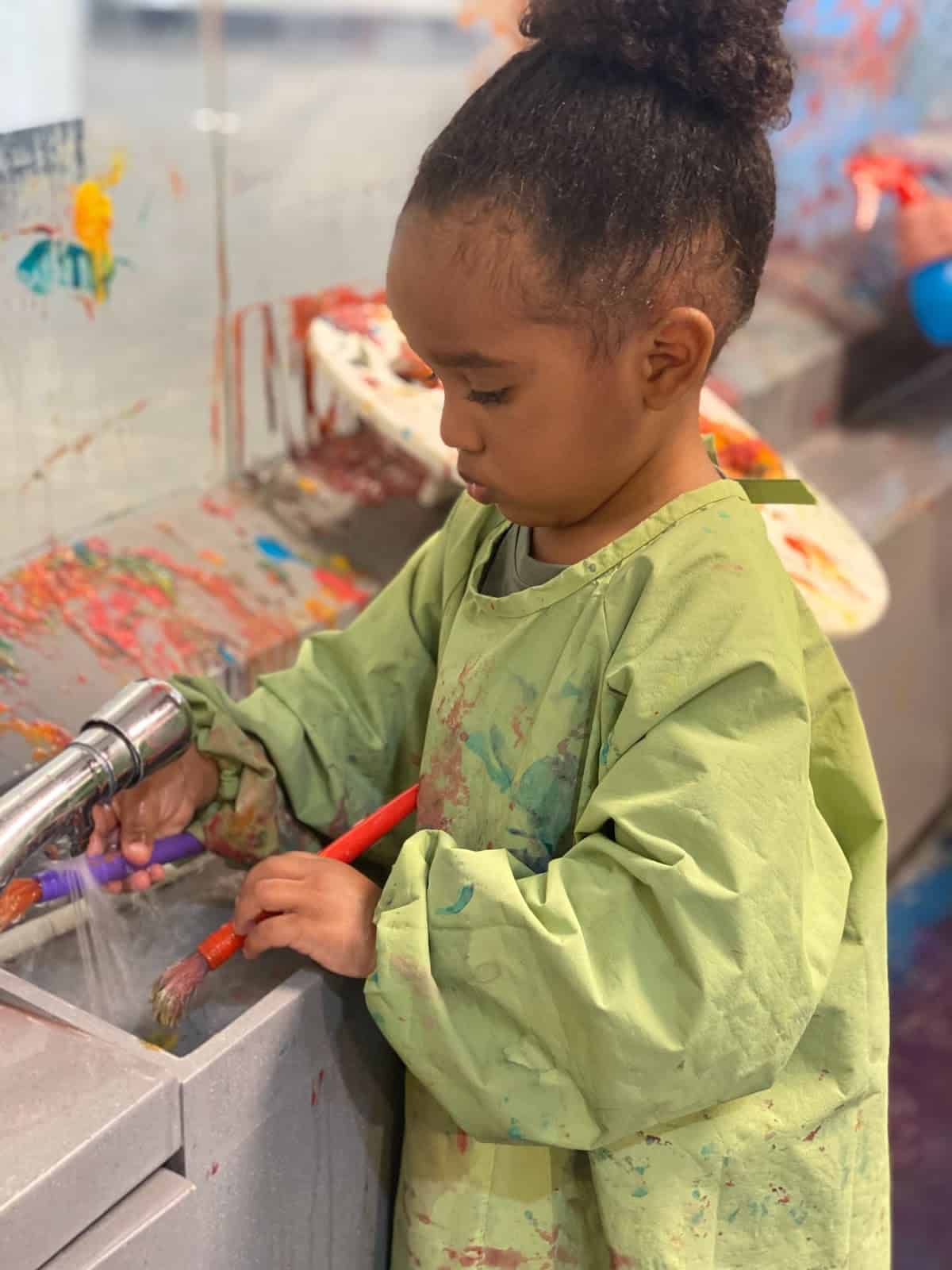
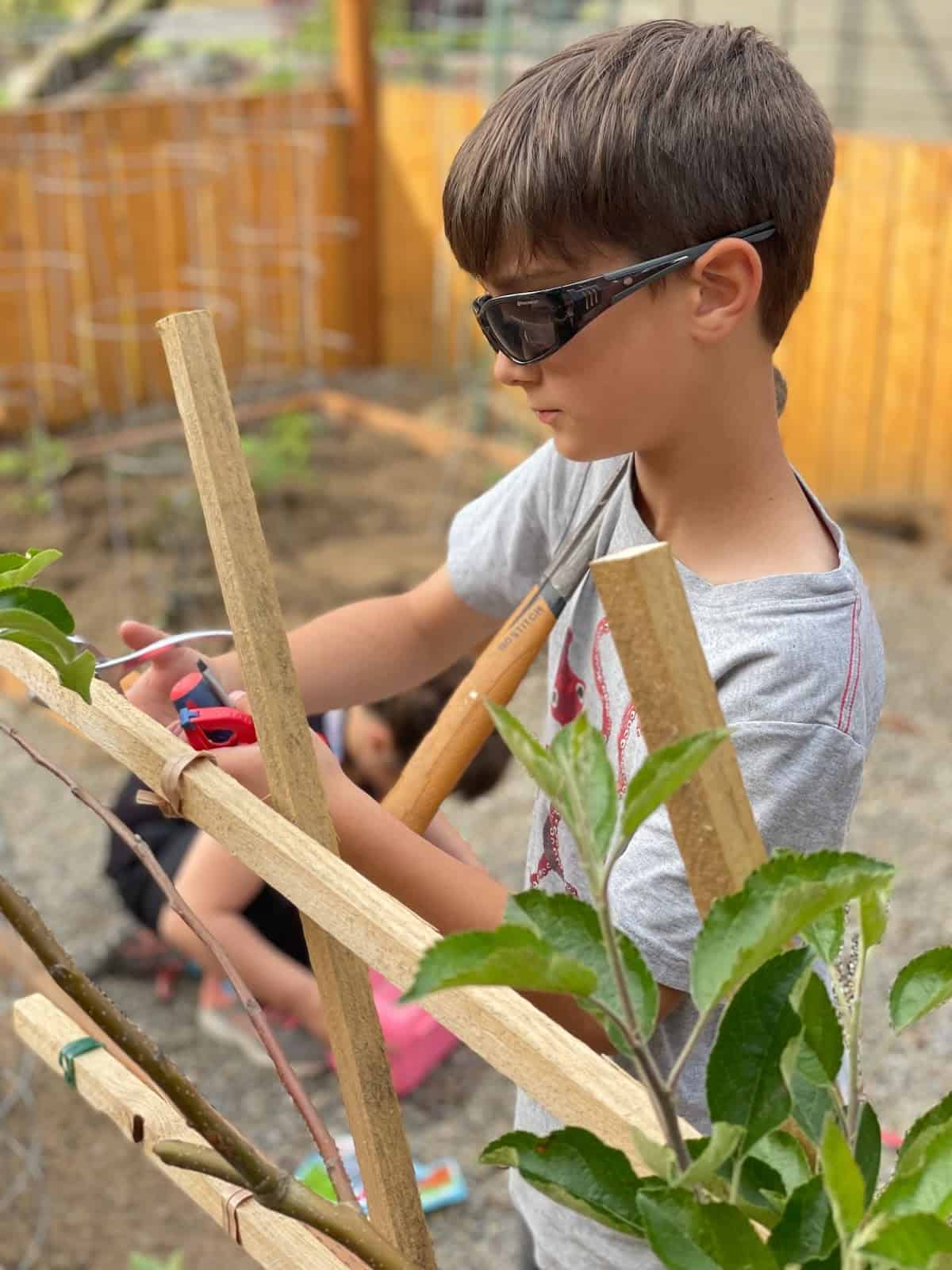
Other Favorites and Tips:
We know we have shared a lot already, but here are a few more worth mentioning!
- Busy Toddler is a favorite for many on our team. The website and Instagram account share a variety of affordable, easy-to-set-up playtime and learning activities for toddlers and school-aged kids.
- Check your local library! Most facilitate a summer reading challenge that offers kids a chance to win prizes by reading books. Some will even send personalized recommendations.
- Find a summer project. Pick a topic to go deep on, research, interview, write about it and at the end of summer do a presentation of learning for family and friends on the topic. Caroline on our team had to do this every summer, we all wish we could see her presentation on French Impressionism.
- Zoos and Children’s museums typically offer extended programming for the summer as well as planned learning events and themes. Check out your local museum this summer!
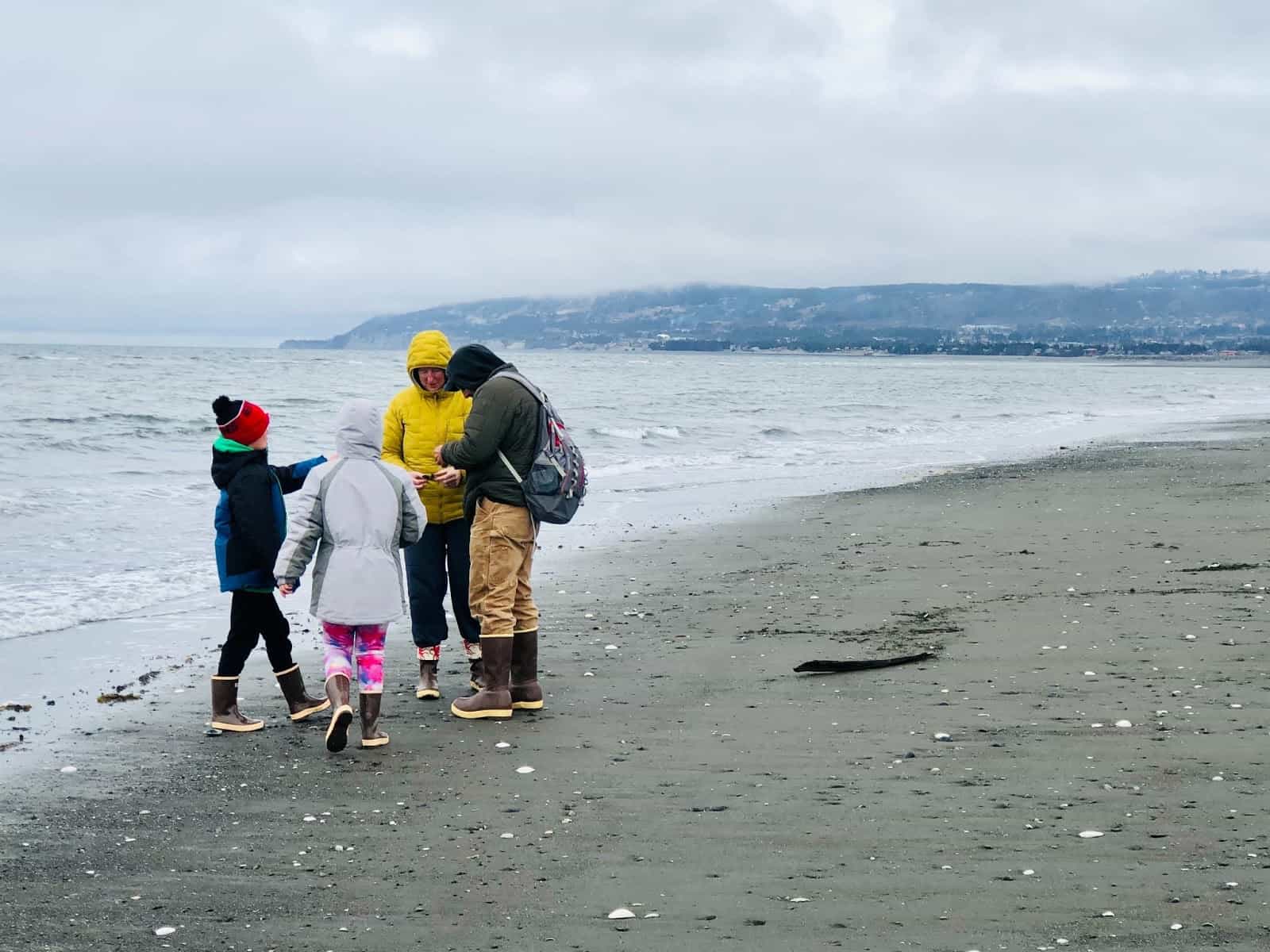
For more, see:
- It’s Time to Plan Summer Learning Opportunities
- Strategies and Considerations when Designing for Summer Learning
Stay in-the-know with innovations in learning by signing up for the weekly Smart Update.




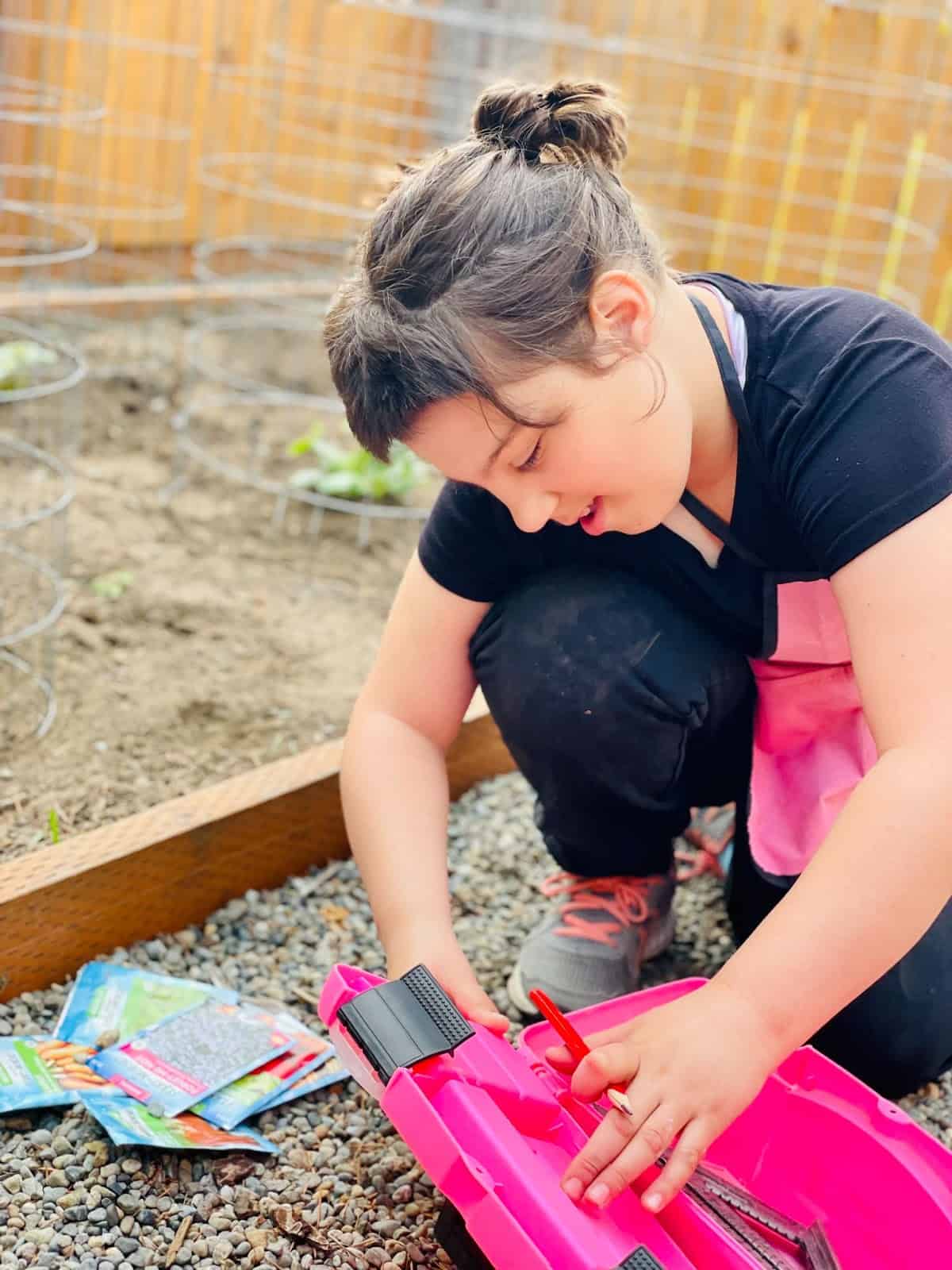
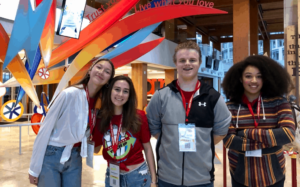


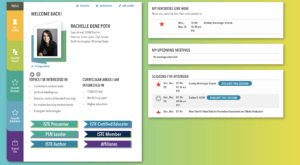
0 Comments
Leave a Comment
Your email address will not be published. All fields are required.